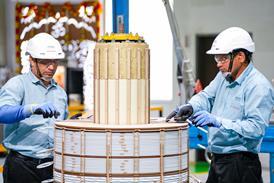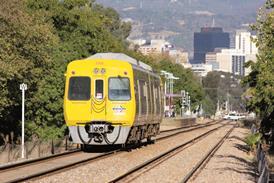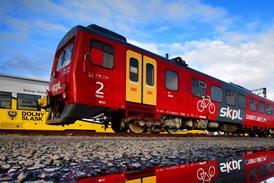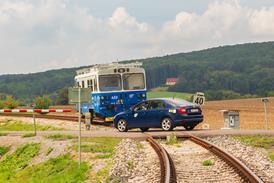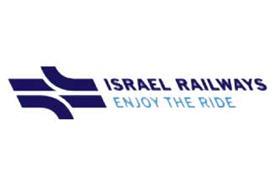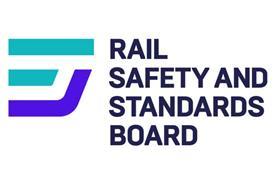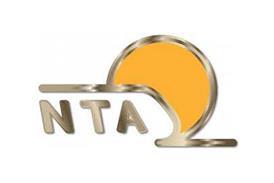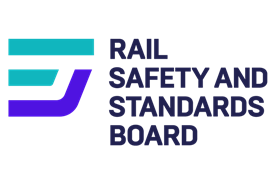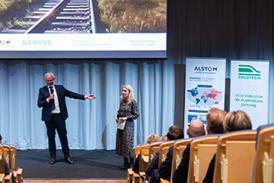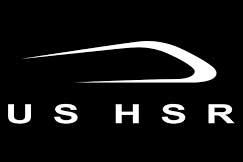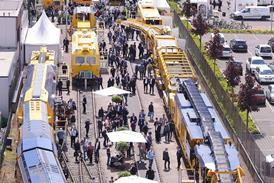Close menu
- Home
-
News
- Back to parent navigation item
- News
- Traction & Rolling Stock
- Passenger
- High Speed
- Freight
- Infrastructure
- Policy
- Technology
- Ticketing
- Business
- Research, Training & Skills
- Accessibility & inclusion
- People
- Urban rail news
- Suburban and commuter rail
- Metro
- Light rail and tram
- Monorail and peoplemover
- Regions
- InnoTrans
- In depth
- Events
- Data
- Maps
- Tenders & Jobs
- Sponsored content
- Insights
ÖBB signs 700-coach framework agreement
By Railway Gazette International2018-08-17T12:31:54

AUSTRIA: Austrian Federal Railways and Siemens Mobility have signed a five-year framework agreement for the supply of up to 700 coaches with a potential total value of €1·5bn, with an option to extend the agreement beyond 2023.
Already have an account? LOG IN
To continue…
You’ve reached your limit of content for the month
Get enhanced access to Railway Gazette news and weekly newsletters.
Site powered by Webvision Cloud

